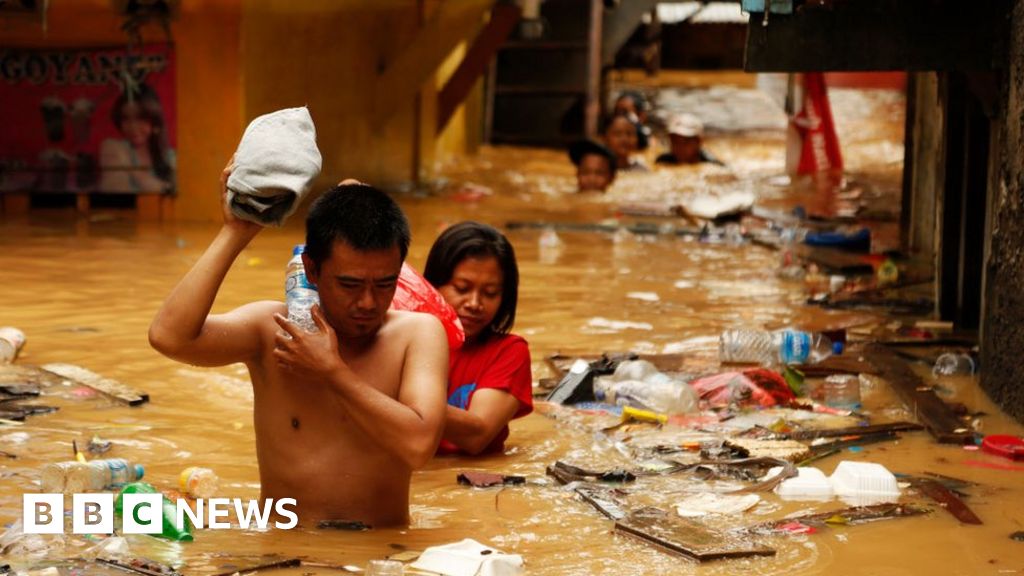So talking about defence related issues (or potential for), our Finance Minister a day or two ago talked about setting a new debt ceiling, which will be 30 per cent of GDP, and to
quote him, "This will also give time to ensure that in future Budgets we are making investments in the most effective and efficient way possible, in line with the Infrastructure Strategy".
I am wondering whether Defence is (or could be, if they lobby) to have defence infrastructure such as existing bases and future base planning included in with this government "Infrastructure Strategy" planning?
Asking as I would like to see provision for (as in land set aside for) eg additional airbases in case required in the future, or another major Army base say in the upper North Island if expansion at Papakura is constrained by urban development eg Waikato or south or north of Auckland like potentially near Whangarei (as central North Island at Waiouru and Linton is covered, ditto Burnham in Christchurch and the Tekapo exercise area is covered), or Naval forward operating bases and potentially land around Whangarei if the drydock is built there etc.
Back around or prior to WW2 the then government had the foresight to build the two main air bases at Ohakea and Whenuapai which at the time were away from main population centres (and nowadays Whenuapai is severley constrained by rapidly encroaching urban development). We then recently saw with the Singapore F-15 basing proposal that the existing bases are too constrained for various reasons and thought was given to building an air base at Waiouru, which I think was simply a compromise (and possibly a very poor one too). We've also lost the "third" major (training) airbase, at Wigram due to govt policy in the 1990's and encroaching urban development. So there is a need, especially if the world geo-political situation continues to become more threatening. (Another option is to make provision to upgrade existing civil airports at strategic locations to make provision for increased military operations as per WW2 experiences eg space to extend runways and build hard standing areas etc).
Also if new bases could be built (if required in the future) away from urban areas then there could be provision to better protect them against sabotage or terrorism attacks (drones, mortar fire etc) or missile strikes with counter-attack systems (which wouldn't 'wipe out' or greatly impact the nearest town)?
So if defence could be included in Govt "Infrastructure Strategy" planning, at least land could be investigated and earmarked for potential development if future events require it (and perhaps in some cases deemed high priority perhaps vital horizontal infrastructure could be installed eg underground power cables run to the nearest power sub stations etc.
I have no idea if any of this is feasible (except to day it should be imperative for Defence and Govt to be forward-planning, not tackling issues ad-hoc as the need arises), so simply posing the question for discussion and learning from more informed responses etc.
The other thing our Finance Minister said a couple of weeks ago is that with inflation rising putting more money into the local economy would (or could) make things worse .... so could Defence lobby to have potential additional expenditure spent
overseas as in major capital purchases (as wouldn't that not negatively impact the NZ domestic economy in a major way)?




